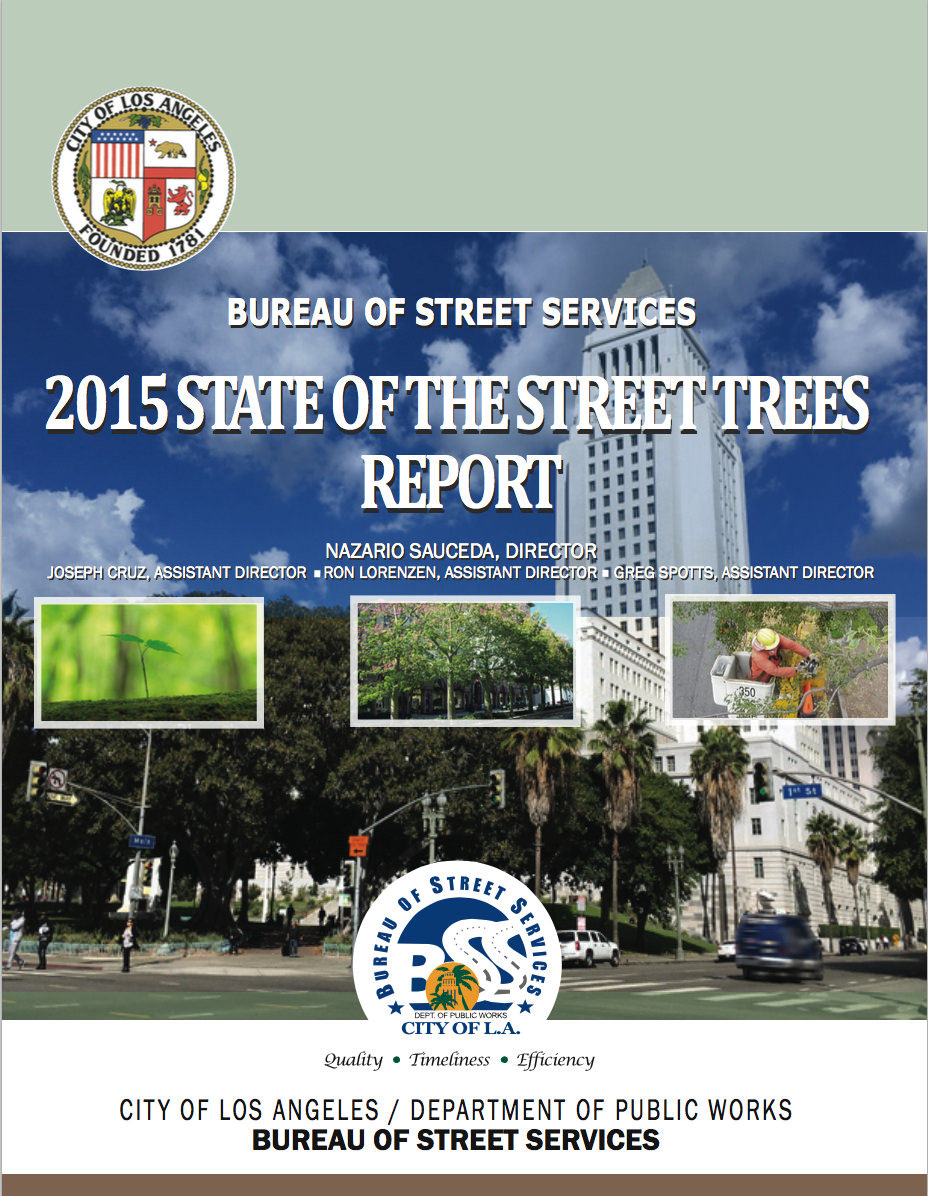We kindly ask for your patience as we work on rebuilding this website. Your understanding is appreciated; thank you!

climate
More than in neighboring communities, Woodland Hills experiences extreme temperature ranges through the seasons. Summertime temperatures are very hot, while overnight temperatures in winter are often the coldest in the area.
The Woodland Hills climate is Mediterranean; using the Köppen-Geiger climate system, Woodland Hills lies in climate group Csa (Woodland Hills, Los Angeles, n.d.):
C - temperate climate with an average monthly temperature above 50°F (10 °C) in the warmest months
s = dry summers with the driest summer month less than 40 mm average precipitation
a = the warmest month's average temperature is above 72°F (22°C) with at least four months averaging above 50°F (10°C)
Woodland Hills experiences:
— Mild, rainy winters. Precipitation in Woodland Hills is similar to other areas in the west San Fernando Valley. In November 1950, the lowest temperature recorded in Woodland Hills between 1946 and 2006 was 19°F (-7°C) (Weather Warehouse, n.d.)
— Hot and dry summers. On September 6, 2020, Woodland Hills experienced the highest temperature ever recorded in Los Angeles County, hitting 121°F (49.4°C) at LA Pierce College (Woodland Hills, Los Angeles, n.d.). The previous record high temperature was 119°F (48°C), set on July 22, 2006.
climate and plants
Western Gardens plant zones
How well plants will grow in Woodland Hills depends in part on temperature, wind, and elevation. These maps describe the plant zones in Woodland Hills.

Figure 1. Woodland Hills and surrounding communities (Leggatt, 2015).
Zone 18
Zone 18 is classified as an interior climate, with the major influence being the continental air mass. Despite its proximity to Woodland Hills, the influence of the Pacific Ocean is less than 15% on the local climate.
In years past, citrus, apple, and walnut orchards flourished throughout Woodland Hills' Zone 18, but those orchards have since been replaced with homes and industry. "Although the climate supplies enough winter chill for some plants that need it, it is not too cold (with a little protection) for many of the hardier subtropicals like amaryllis. It is too hot, too cold, and too dry for fuchsias but cold enough for tree peonies and many apple varieties, and mild enough for a number of avocado varieties” (Time Inc. Lifestyle Group, n.d.).
Zone 19
Zone 19 is also classified as an interior climate, and receives little influence from the Pacific Ocean.
"Both zones, then, have very poor climates for such plants as fuchsias, rhododendrons, and tuberous begonias. Many sections of Zone 19 have always been prime citrus-growing country—especially for those kinds that need extra summer heat in order to grow sweet fruit. Likewise, macadamia nuts and most avocados can be grown here” (Time Inc. Lifestyle Group, n.d.). Succulents such as Aloe Blue Elf and Agave americana grow well in Woodland Hills, as do drought-tolerant ground covers such as Red Apple (but watch out for the wasps they attract) and Red Yarrow. Many varieties of roses grow well in both zones in Woodland Hills.
US hardiness zones
The following U.S. Department of Agriculture (USDA) Hardiness zone map indicates where plants may survive the winter.

Figure 2. USDA plant hardiness map showing average extreme cold temperatures (USDA Agricultural Research Service, 2012).
The USDA plant hardiness map provides zones based on the average annual extreme minimum temperature over a previous 30-year period. Note that the average extreme cold temperatures area not the coldest recorded ever recorded (USDA Agricultural Research Service, 1990). Past weather records are a merely a guide to possible future temperatures; the changing nature of climate suggests that gardeners will see new low (and high) temperature extremes in Woodland Hills.
American Horticultural Heat-Zones
The American Horticultural Society (AHS) Plant Heat-Zone map shows average number of days a year over 86°F, the point at which plants begin to suffer heat damage.

Figure 3. AHS Plant Heat-Zone map shows average number of days a year over 86°F (30°C) (American Horticultural Society, 1997).
SOIL
Soil in Woodland Hills tends to be “hard, compact clay…the curse of most Valley gardeners” (Melinkoff, 1987).
The temperature swings are wider and the air is drier than in coastal areas of Los Angeles. And all of that is good for some plants and not so good for others (Melinkoff, 1987).
Hard, Compact Clay
The curse of most Valley gardeners is the hard, compact clay soil, says Nancy Harrington, who operates Evergreen Garden Design and Maintenance out of her home in Canoga Park and teaches gardening classes at The Learning Tree, an adult education school in Chatsworth. "In some parts of Canoga Park, it's like digging in concrete” (Melinkoff, 1987).
Because our soil is so compacted, water puddles quickly. "Cold weather is more of a problem than hot," Harrington said. She said many of the plants in the Valley are native to subtropical areas and thus tolerate the cold poorly, especially when there is little rain. (Melinkoff, 1987).
In particular, there are cold pockets in Woodland Hills and Reseda. Summer heat can be compensated for with extra watering. "But heat and wind is the worst" (Melinkoff, 1987). The combination can cause a plant to transpire water at a rate that is too rapid for it to survive, even when well watered.
REPORTS

Figure 4. The climatology of Los Angeles in 1937 (Dunkerly, 1937).

announcing our new vegetation section
Discover the lush tapestry of Woodland Hills, with our newest addition to aboutwoodlandhills.com: “Vegetation.” Delve into the rich diversity of plants, shrubs, bushes, and more that thrive in our Mediterranean climate. From resilient chaparral shrubs like sagebrush and California buckwheat to majestic oak woodlands and iconic eucalyptus groves, explore the botanical wonders that adorn our landscape. Whether you're a nature enthusiast or simply curious about local flora, this section promises a captivating journey through the verdant heart of Woodland Hills.
Click anywhere in this box to embark on your botanical adventure today!
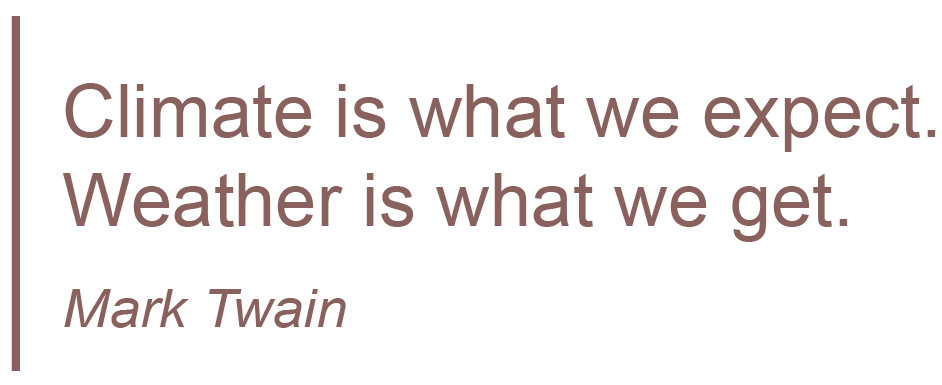
current conditions
eucalyptus

Agave americana
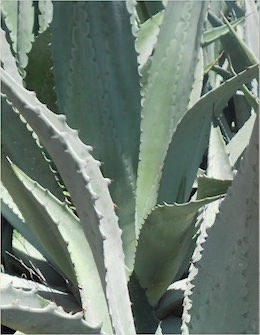
avocado
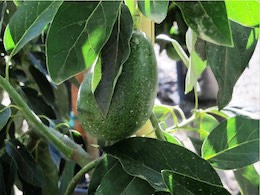
meyer lemon
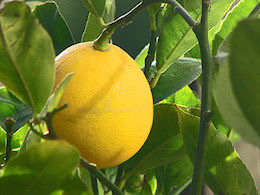
aloe blue elf
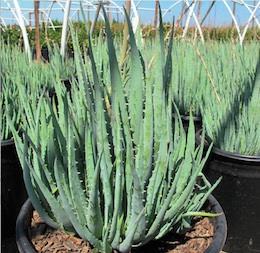
polyantha rose
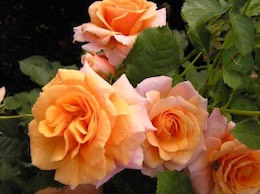
prickly-pear
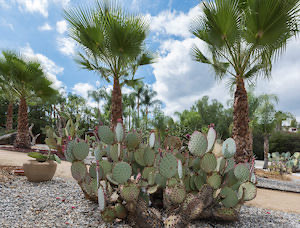
REFERENCES
American Horticultural Society. (1997). AHS Plant Heat Zone Map. https://ahsgardening.org/about-us/news-press/cool_timeline/heat-zone-map-developed/
City of Los Angeles. (2015). 2015 State of the Street Trees Report. http://bss.lacity.org/PDFs/SOTS_TREES_2015.pdf (archived)
Dunkerly, W. J. (1939). Know Los Angeles County. Los Angeles County Chamber of Commerce. https://babel.hathitrust.org/cgi/pt?id=mdp.39015059481179&seq=3
Leggatt, J. (2015). Map of plant zones in Woodland Hills. Map compiled from data retrieved from https://www.sunset.com/garden/climate-zones/sunset-climate-zone-los-angeles-area
Melinkoff, E. (1987, March 26). Savvy Gardeners Can Wring Pleasure From Valley's Clay. Los Angeles Times. (Nancy Harrington quotation). Retrieved from http://articles.latimes.com/1987-03-26/news/vw-464_1_gardening-classes
USDA Agricultural Research Service. (2012). Average Annual Extreme Minimum Temperature 1976-2005. [Interactive plant hardiness map]. https://planthardiness.ars.usda.gov/PHZMWeb/InteractiveMap.aspx
Woodland Hills, Los Angeles. (n.d.). In Wikipedia. https://en.wikipedia.org/wiki/Woodland_Hills,_Los_Angeles
